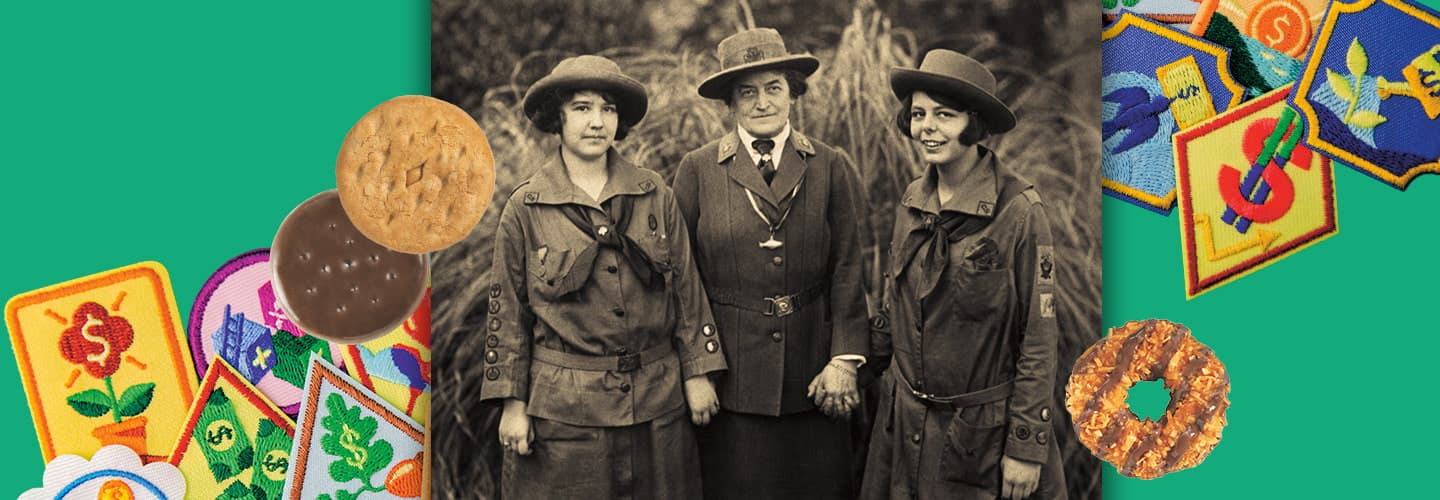U.S. Mint
The new quarter honoring Low
Growing up in the 1860s, Juliette Gordon Low loved being outside. She would often climb trees and swim in rivers. At the time, many people thought only boys should do those things. But Low disagreed. She thought girls should be able to do anything boys could.
As Low got older, her love of adventure continued. She wanted more girls to get the chance to play outside and have fun. That’s why, in 1912, Low founded the Girl Scouts of the USA. The organization has helped millions of girls learn leadership skills, boost their confidence, and more.
This year, Low is being honored in a special way. She’s being featured on millions of new quarters. The coins are part of the U.S. Mint’s American Women Quarters Program. (The Mint is the government agency in charge of making coins.) Since 2022, the Mint has released five special quarters each year. The coins honor female trailblazers in history (see “Faces of Change”).
Shannon Browning-Mullis is an expert on Girl Scout history. She hopes Low’s story encourages kids to dream big.
“Low was just a lady who had an idea,” Browning-Mullis says. “She thought, ‘I’m going to change the country.’ And she did.”
Juliette Gordon Low grew up in the 1860s. She loved being outside. She climbed trees and swam in rivers. At the time, many people thought only boys should do those things. But Low disagreed. She thought girls should be able to do anything boys could.
As Low got older, her love of adventure continued. She wanted more girls to be able to play outside. So Low founded the Girl Scouts of the USA in 1912. The organization has helped millions of girls. They learn leadership skills, boost their confidence, and more.
This year, Low is being honored in a special way. She’s being featured on millions of new quarters. They are part of the U.S. Mint’s American Women Quarters Program. (The Mint is the government group that makes coins.) Since 2022, the Mint has released five special quarters each year. The coins honor female trailblazers in history (see “Faces of Change”).
Shannon Browning-Mullis is an expert on Girl Scout history. She hopes Low’s story helps kids to dream big.
“Low was just a lady who had an idea,” Browning-Mullis says. “She thought, ‘I’m going to change the country.’ And she did.”

